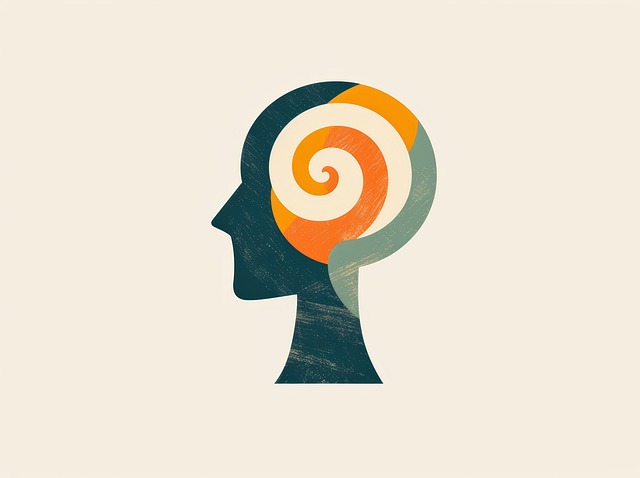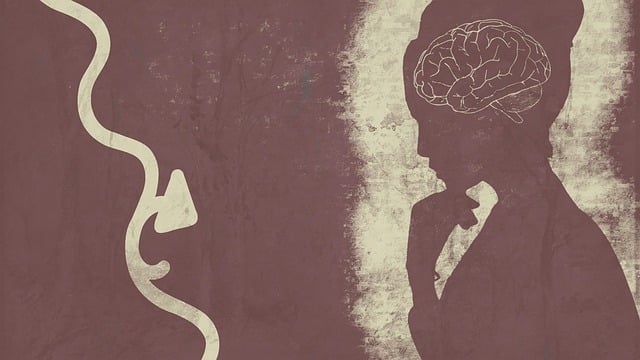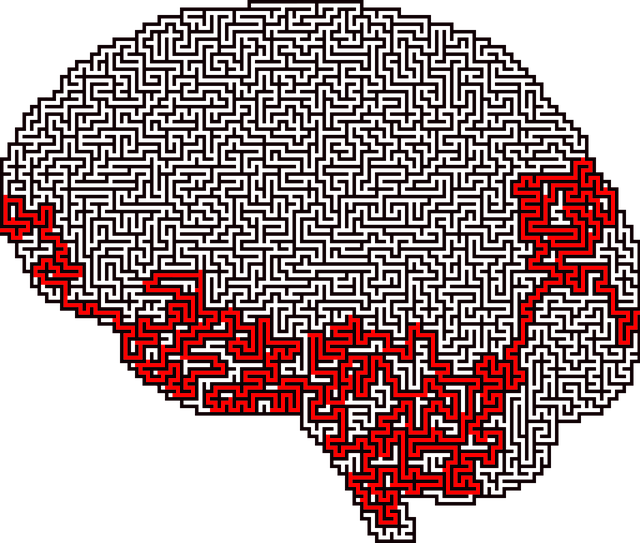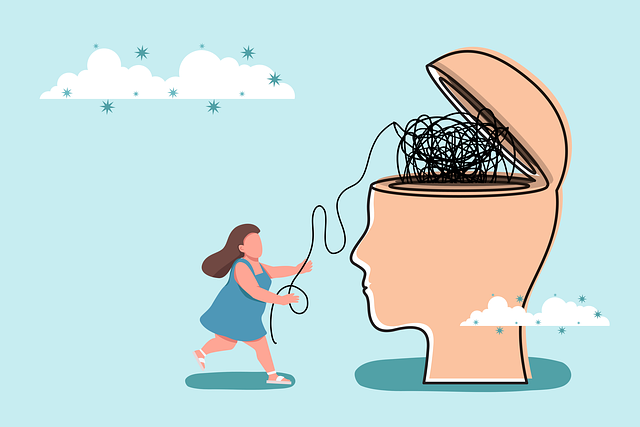Risk assessment is paramount in delivering safe and effective therapy services for diverse populations like young children and geriatrics. By meticulously evaluating potential hazards, therapists can implement targeted strategies for minimization. This approach fosters nurturing environments that promote emotional well-being and resilience. Tailored approaches are essential due to their distinct developmental stages and physical abilities. Strategies include creating safe spaces, teaching coping mechanisms, and integrating stress management workshops. Implementing safety protocols and regular monitoring ensures effective sessions while prioritizing participant well-being. Continuous improvement through dynamic assessment and client feedback ensures practices remain evidence-based and aligned with client needs, enhancing overall care quality and mental wellness.
In the realm of therapy, risk assessment and harm minimization are cornerstone practices ensuring safe care for both young children and geriatrics. This comprehensive guide explores these vital aspects, delving into specific risks unique to these populations. We present strategies for developing effective harm minimization plans, implementing robust safety protocols in therapy sessions, and emphasizing continuous improvement through regular review and adaptation. By embracing these principles, therapists can foster secure environments tailored to the diverse needs of young children and elderly patients.
- Understanding Risk Assessment: A Cornerstone for Safe Care in Therapy
- Identifying Risks Specific to Young Children and Geriatrics
- Developing Harm Minimization Plans: Strategies and Techniques
- Implementing and Monitoring Safety Protocols in Therapy Sessions
- Continuous Improvement: Regular Review and Adaptation for Effective Risk Management
Understanding Risk Assessment: A Cornerstone for Safe Care in Therapy

Risk assessment is a foundational component in ensuring safe and effective care within therapy practices, especially when catering to diverse populations such as young children and geriatrics. This process involves meticulously evaluating potential hazards and their likelihood of causing harm, enabling therapists to implement tailored strategies for harm minimization. By systematically identifying risks, therapists can create nurturing environments that promote emotional well-being and foster inner strength development in young clients, while also providing robust support for the elderly.
Incorporating risk assessment into therapy practices empowers healthcare providers to proactively prevent adverse events and burnout. Through rigorous screening and ongoing monitoring, therapists can anticipate potential challenges, implement evidence-based techniques for stress management, and adapt their approaches to meet individual needs. This holistic approach not only ensures client safety but also enhances the overall quality of care, nurturing resilience and empowering individuals across the lifespan.
Identifying Risks Specific to Young Children and Geriatrics

Identifying risks is a crucial step in any risk assessment process, especially when focusing on vulnerable populations like young children and geriatrics. These groups require tailored approaches due to their unique developmental stages and physical capabilities. For instance, therapy for young children should consider their cognitive, emotional, and social development, while also addressing potential hazards in play areas or educational settings. Geriatrics, on the other hand, often face challenges related to mobility, sensory impairments, and age-related conditions, necessitating a thorough evaluation of living environments and healthcare practices.
When assessing risks specific to these demographics, professionals should apply Mind Over Matter principles to foster inner strength development in children and elderly individuals alike. By implementing Conflict Resolution Techniques, caregivers and therapists can create safer spaces, anticipate potential hazards, and empower both young minds and aging bodies to navigate challenging situations with resilience and adaptability.
Developing Harm Minimization Plans: Strategies and Techniques

Developing Harm Minimization Plans involves a strategic approach tailored to different populations, such as therapy for young children and geriatrics. For young children, plans should focus on creating safe environments, teaching coping mechanisms, and involving parents or guardians in the process. This can include incorporating compassion cultivation practices and mental health awareness activities into their routine, helping them develop resilience early on.
In geriatrics, harm minimization strategies may involve stress management workshops tailored to older adults’ needs and preferences. These workshops can be integrated into community programs or residential settings, focusing on physical well-being, social engagement, and cognitive stimulation. By fostering a culture of mental health awareness within these environments, the risk of harm can be significantly reduced, enhancing the overall quality of life for elderly individuals.
Implementing and Monitoring Safety Protocols in Therapy Sessions

Implementing safety protocols is an integral part of ensuring a secure and therapeutic environment for both young children and geriatric clients during therapy sessions. These protocols are designed to minimize potential risks and harms, fostering a safe space for vulnerable populations to engage in therapeutic activities. The first step involves establishing clear guidelines tailored to the specific age group and their unique needs; for instance, mindfulness meditation practices might be beneficial for emotional intelligence development in children while promoting relaxation techniques in geriatrics.
Regular monitoring is crucial to the success of these safety measures. Therapists should conduct frequent assessments to identify any potential hazards or unmet needs, allowing them to promptly adapt protocols as required. This proactive approach ensures that sessions remain effective and engaging while maintaining a safe haven for all participants, ultimately contributing to improved outcomes in areas such as self-esteem improvement for young clients and overall well-being for the elderly.
Continuous Improvement: Regular Review and Adaptation for Effective Risk Management

Effective risk assessment and harm minimization planning for therapy settings require a commitment to continuous improvement. Regular review and adaptation are essential components of robust risk management strategies, particularly in specialized areas like geriatrics or therapy for young children. By implementing dynamic assessment protocols, therapists can ensure that their practices remain evidence-based and aligned with the evolving needs of their clients. This proactive approach fosters an environment where potential risks are identified early, allowing for prompt mitigation strategies.
In the context of mental wellness, regular review sessions can incorporate feedback from both clients and colleagues, as well as staying abreast of emerging research within relevant therapeutic modalities. For instance, the Mental Wellness Podcast Series Production can play a crucial role in disseminating best practices and facilitating professional development among therapists. Additionally, integrating strategies such as Social Skills Training and Mental Illness Stigma Reduction Efforts into these review processes enables therapists to address broader systemic issues that may impact client outcomes, ultimately enhancing overall mental wellness.
Risk assessment and harm minimization planning are indispensable components of providing safe and effective therapy for both young children and geriatrics. By understanding the unique risks associated with these populations, therapists can develop tailored harm minimization plans that significantly reduce potential dangers. Implementing robust safety protocols and continuously reviewing and adapting risk management strategies ensure a nurturing environment conducive to recovery and growth. This comprehensive approach not only protects clients but also strengthens the therapeutic alliance, fostering trust and enhancing overall outcomes in therapy for young children and geriatrics alike.













